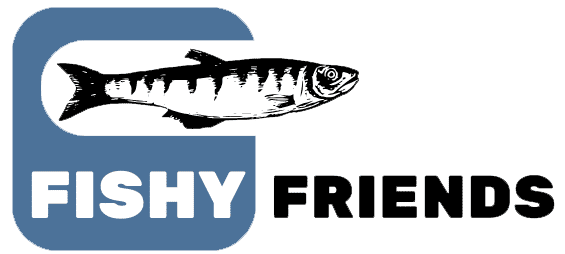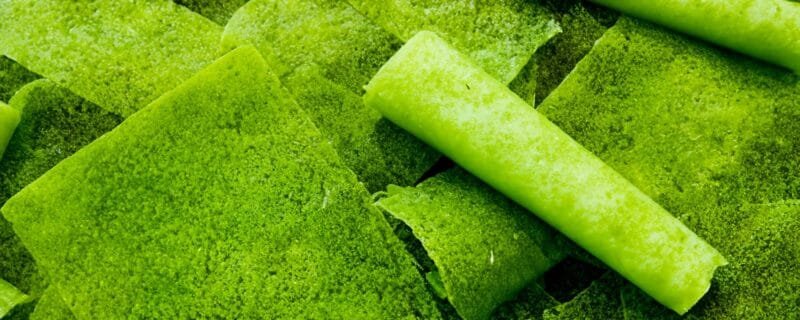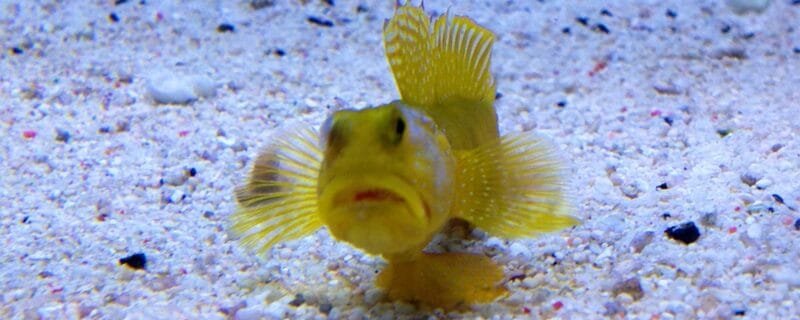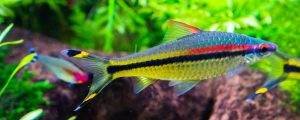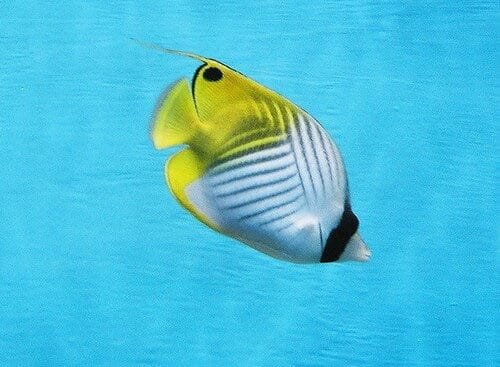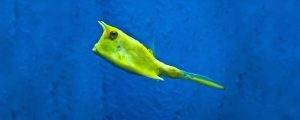When it comes to keeping aquarium fish healthy, vibrant, and thriving, diet is everything. Among the best foods you can offer—whether you keep freshwater or saltwater species—is frozen Mysis shrimp.
Packed with high-quality protein, essential fatty acids, and natural attractants, frozen Mysis are a powerful addition to any feeding routine. In this guide, we’ll explore what makes Mysis shrimp special, how they benefit your fish, and how to feed them correctly for optimal results.
What Are Mysis Shrimp?
Mysis shrimp (Mysis or Mysidopsis species) are small, planktonic crustaceans found in both freshwater and marine environments. They’re sometimes called opossum shrimp because females carry their eggs in a brood pouch.
In the aquarium hobby, frozen Mysis are harvested from pristine waters, flash-frozen to preserve nutrition, and sold in convenient blister packs or cubes. The two most common types are:
-
Mysis relicta – found in cold freshwater lakes (often Canadian-sourced)
-
Mysidopsis bahia – a marine variety suitable for reef systems
These shrimp are highly digestible, nutrient-dense, and accepted by nearly all aquarium species.
Nutritional Benefits of Frozen Mysis Shrimp
1. High Protein Content
Frozen Mysis contain more than 60% protein (dry weight)—an ideal ratio for growth, tissue repair, and overall vitality. This makes them excellent for juvenile, breeding, and carnivorous species.
2. Rich in Omega-3 and Omega-6 Fatty Acids
These essential fatty acids support immune function, improve energy metabolism, and enhance the natural coloration of fish. They’re particularly vital for marine species that rely on fatty acids found in natural prey.
3. Natural Carotenoids for Color Enhancement
Mysis shrimp are loaded with pigments that bring out reds, blues, and yellows. Fish that regularly eat Mysis often show noticeably richer coloration.
4. Lean but Energy-Rich
Unlike oily foods that can cause digestive issues, Mysis provide energy without excess fat. They’re easy on the digestive tract while still offering high caloric value for active species.
5. Highly Palatable and Stimulating
The natural scent and texture of Mysis make them irresistible to even the pickiest eaters. They are perfect for enticing new or stressed fish to eat.
Frozen vs. Live vs. Freeze-Dried Mysis
| Type | Pros | Cons |
|---|---|---|
| Live Mysis | Extremely fresh and nutritious | Can carry parasites, difficult to culture |
| Freeze-Dried Mysis | Long shelf life, easy to store | Loses moisture and some nutrients |
| Frozen Mysis | Safe, convenient, and nutritionally complete | Must be thawed before use |
Among the three, frozen Mysis strike the perfect balance—offering near-live nutrition without the risk of contamination.
Fish Species That Benefit from Mysis Shrimp
Freshwater Fish
-
Angelfish
-
Discus
-
Bettas
-
Gouramis
-
Tetras (Congo, Buenos Aires)
-
Rainbowfish
-
Dwarf cichlids (Apistogramma, Rams, Kribensis)
Saltwater and Reef Fish
-
Clownfish
-
Gobies
-
Wrasses
-
Anthias
-
Seahorses and Pipefish
-
Butterflyfish
-
Dwarf Angelfish (Flame, Coral Beauty)
Even invertebrates like shrimp, crabs, and corals readily accept Mysis as part of a varied diet.
How to Feed Frozen Mysis Shrimp
1. Thaw Before Feeding
Remove the portion you need, place it in a small cup of tank water, and let it thaw completely. Never drop frozen cubes directly into your tank—they can chill fish and cloud the water.
2. Rinse (Optional but Helpful)
Straining thawed Mysis through a fine net or coffee filter removes excess packing liquids that may contain phosphates.
3. Feed Small Portions
Offer only as much as your fish can consume in 2–3 minutes to avoid overfeeding and waste buildup.
4. Target Feed When Necessary
For shy or slow feeders (like seahorses or corals), use a pipette or turkey baster to deliver Mysis directly.
5. Proper Storage
Keep unused cubes frozen and tightly sealed. Once thawed, use immediately—never refreeze.
How Mysis Fits into a Balanced Diet
While Mysis are nutritionally dense, they should be part of a varied diet. Rotate them with:
-
High-quality pellets or flakes (for daily base nutrition)
-
Other frozen foods such as brine shrimp, krill, or daphnia
-
Vegetable matter (spirulina, algae wafers, or blanched greens)
This combination provides complete vitamin and mineral coverage for both herbivorous and carnivorous species.
Benefits for Freshwater Aquariums
In freshwater tanks, Mysis provide:
-
Brighter colors in ornamental species like discus and angelfish
-
Increased growth rate and muscle development
-
Better feeding response in shy or new arrivals
They’re especially useful for predatory fish that naturally feed on small crustaceans or insects in the wild.
Benefits for Saltwater and Reef Aquariums
For marine systems, Mysis shrimp mimic the natural diet of reef fish and corals. Regular feedings can:
-
Strengthen immune systems and reduce disease risk
-
Support coral polyp expansion and growth when target-fed
-
Boost color vibrancy in clownfish, anthias, and angels
-
Provide key fatty acids for seahorses and mandarins that reject pellets
In mixed reef tanks, Mysis serve as a universal food—accepted by fish, corals, and invertebrates alike.
Pro Tips for Getting the Most from Mysis Shrimp
-
Feed During Active Hours – Fish tend to eat more eagerly during morning or evening feeding windows.
-
Soak in Vitamins or Garlic Extract – Fortify thawed Mysis with additives like garlic or multivitamins to improve immunity and appetite.
-
Alternate Brands – Try different sources such as PE Mysis or Hikari to compare quality and size.
-
Avoid Overfeeding – Too much protein can lead to bloating or water clouding—moderation is key.
Conclusion
Feeding frozen Mysis shrimp is one of the easiest ways to enhance color, vitality, and overall health in your aquarium. Whether your tank is freshwater or saltwater, community or reef, this food delivers the perfect blend of protein, fatty acids, and natural flavor your fish crave.
By adding Mysis to your feeding routine—alongside other quality foods—you’ll notice improved growth, stronger immune systems, and far more active, colorful fish. It’s a small dietary upgrade that delivers visible, lasting results.
Frequently Asked Questions (FAQ)
Q: Can I feed frozen Mysis shrimp every day?
You can, but moderation is best. Alternate with pellets, flakes, or vegetable-based foods for complete nutrition.
Q: Should I rinse Mysis before feeding?
Yes, if you want to reduce waste and phosphate buildup. Rinsing helps keep your water cleaner.
Q: Can baby fish eat Mysis shrimp?
Chopped or finely strained Mysis are perfect for larger fry and juveniles due to their high protein content.
Q: What makes Mysis better than brine shrimp?
Mysis are richer in protein, fats, and carotenoids. Brine shrimp are lower in nutrition unless enriched before feeding.
Q: Will Mysis shrimp sink or float?
They sink slowly, allowing both mid-level and bottom-dwelling fish to feed comfortably.
Q: Are Mysis shrimp safe for corals and invertebrates?
Absolutely. LPS corals, shrimp, and crabs all benefit from occasional Mysis feedings.
Q: How long can thawed Mysis last?
Use immediately after thawing. Never refreeze or leave at room temperature.
